🚀 How Artificial Intelligence (AI) is Transforming Web Development Forever
Let’s face it: the web is no longer what it used to be. Once upon a time, web development meant endless lines of HTML, some CSS wizardry, and JavaScript that barely made things move. Fast-forward to today, and boom—Artificial Intelligence (AI) is here, rewriting the rulebook and dragging web development into a smarter, faster, more automated future.
In this blog, we're diving into the mind-blowing ways AI is shaping web development—and why you should absolutely care. Whether you're a developer, startup founder, digital artist, or someone just vibing with tech trends, this one’s for you.
🧠 Wait, How Did AI Even Get Into Web Development?
AI didn’t just crash the party overnight. It slowly crept in—first through chatbots, then content recommendations, then autocomplete. Now, it’s designing websites, writing code, optimizing UX, and even helping with SEO. If you blink, AI might just start building entire platforms on its own.
Let’s break it down.
🎨 1. AI in UI/UX Design: Your New Design Buddy
Gone are the days when you needed to be a Figma pro to design beautiful interfaces. Tools like Uizard, Framer, and Wix ADI use AI to design layouts, pick color schemes, and build wireframes—all based on a simple prompt.
Want a portfolio site in earthy tones with minimalist vibes? Boom. AI’s got you.
AI tools analyze user behavior and suggest UI/UX improvements in real-time. It’s like having a design assistant that never sleeps and doesn’t get cranky after 3 cups of coffee.
🧾 2. Code Generation: From Prompt to Product
Enter GitHub Copilot, Tabnine, and ChatGPT (hey, that’s me 👋). These tools don’t just assist—they co-create. Developers now write less boilerplate and more logic.
Say goodbye to Googling "how to write a for loop in JavaScript" for the 100th time. AI-powered coding assistants offer suggestions, fix bugs, and even generate entire functions based on natural language prompts.
The result? Faster development. Fewer errors. Happier devs.
🧪 3. AI Testing: Break It Before Your Users Do
Manual testing is slow and, let’s be honest, boring. AI-powered testing tools like Testim, Applitools, and Functionize simulate real user interactions and catch bugs before they reach production.
Think of AI as your always-on QA team, spotting issues that even your best testers might miss.
It’s proactive, not reactive—and that’s game-changing.
🔎 4. Personalized User Experiences
Personalization isn’t just about showing someone their name on the homepage. AI now analyzes user behavior, past actions, and even sentiment to deliver tailored experiences.
Example? AI on an e-commerce site knows that you always browse sneakers but buy when there’s a 20% off. Next time? It’ll show you discounted kicks first.
Creepy? Maybe. Effective? Absolutely.
💬 5. Smarter Chatbots, 24/7
Old chatbots felt like talking to a rock.
Modern AI-powered chatbots (like those powered by GPT, Dialogflow, or Rasa) can answer complex queries, understand intent, and even crack a joke.
They’re not just support agents—they're brand ambassadors. And they work holidays.
🔐 6. AI in Web Security
Hackers evolve. So should your defense.
AI can detect unusual traffic, prevent SQL injections, spot fake logins, and learn from every attack attempt. It’s basically the bouncer of your web app, but smarter.
Platforms like Cloudflare and AWS now use machine learning to monitor patterns and respond to threats in real-time.
📈 7. SEO Optimization, but Make It Smart
SEO isn’t dead—it just got automated.
AI tools like Surfer SEO, MarketMuse, and Semrush AI suggest keywords, optimize content structure, predict trends, and even help write blog posts that rank.
Now your content doesn’t just look good—it shows up where it matters: the first page of Google.
🛠️ 8. Maintenance and Monitoring
Web maintenance used to be like waiting for something to break and then fixing it.
Now, AI can predict downtimes, auto-scale infrastructure, monitor server health, and notify you before anything goes sideways. Platforms like Datadog, New Relic, and Dynatrace use AI for proactive monitoring.
That means less stress and more sleep for devs.
🌐 9. AI-Powered Content Creation
From blogs to product descriptions to social media posts, AI content writers are everywhere. Tools like Jasper, Copy.ai, and yes, ChatGPT, generate human-like content in seconds.
Need a product landing page with emotional appeal? A blog post optimized for “best AI tools 2025”? Done.
It’s not replacing writers—it’s amplifying them.
🤖 Future Trends to Watch
-
AI + AR/VR: Personalized immersive experiences
-
Voice-driven development: Code by talking
-
AI-driven no-code/low-code platforms: Devs will supervise, not just build
AI is moving from tool to teammate. The best part? We're just getting started.
💡 Final Thoughts
AI in web development isn’t a gimmick. It’s a revolution. From design and code to testing, SEO, and support—AI is changing the game.
But here's the twist: it's not about replacing developers. It’s about freeing them to be more creative, strategic, and efficient. AI does the grunt work—developers do the genius work.
If you’re not already exploring AI tools, you’re missing out. Not just on productivity—but on the future.
Welcome to the AI-assisted era of web development. It's smarter. It's faster. And it’s here to stay.
📢 Share this with your developer friends who still write CSS by hand and don’t know what Copilot is.
Let’s build the future—one smart app at a time. ✨
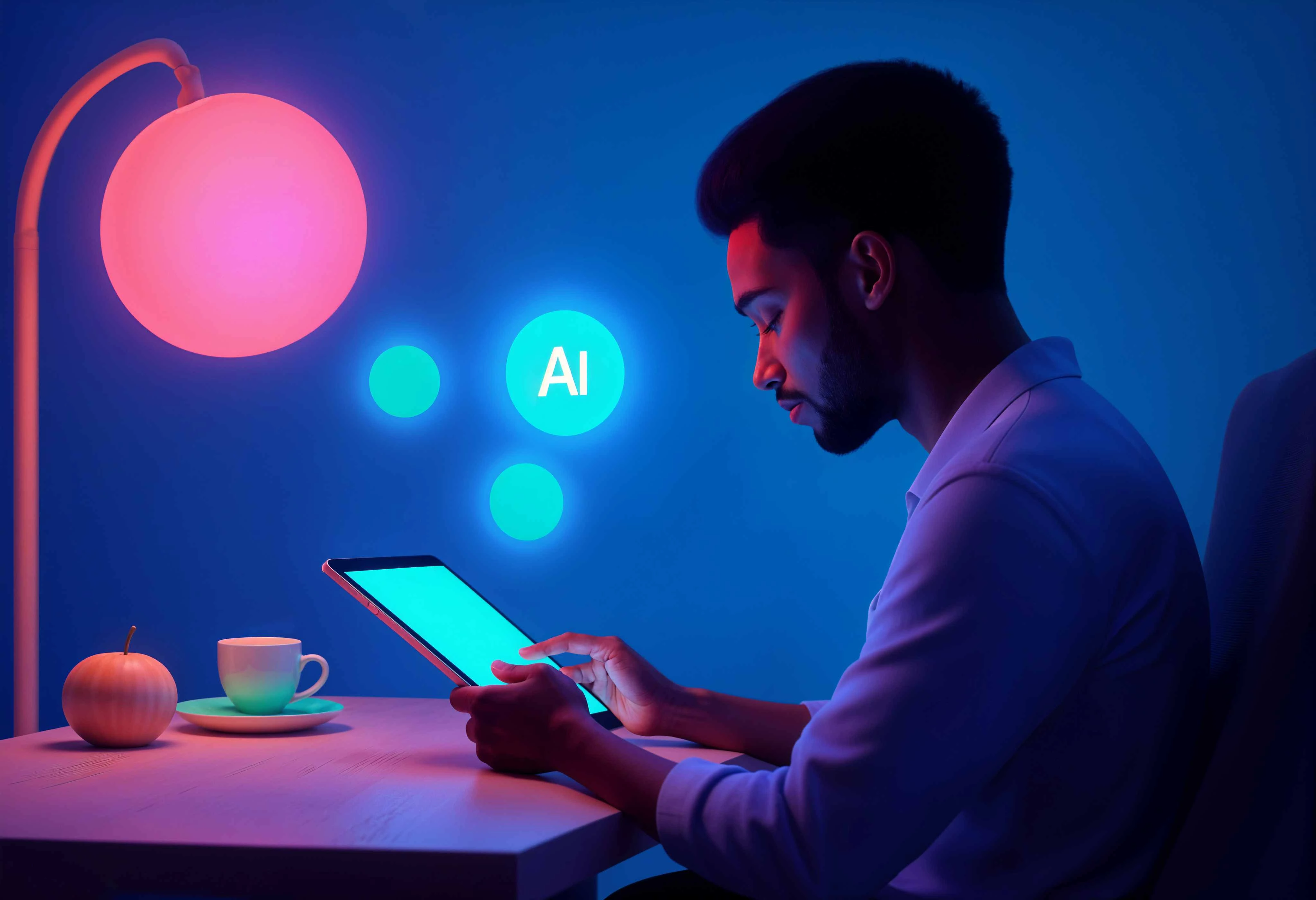

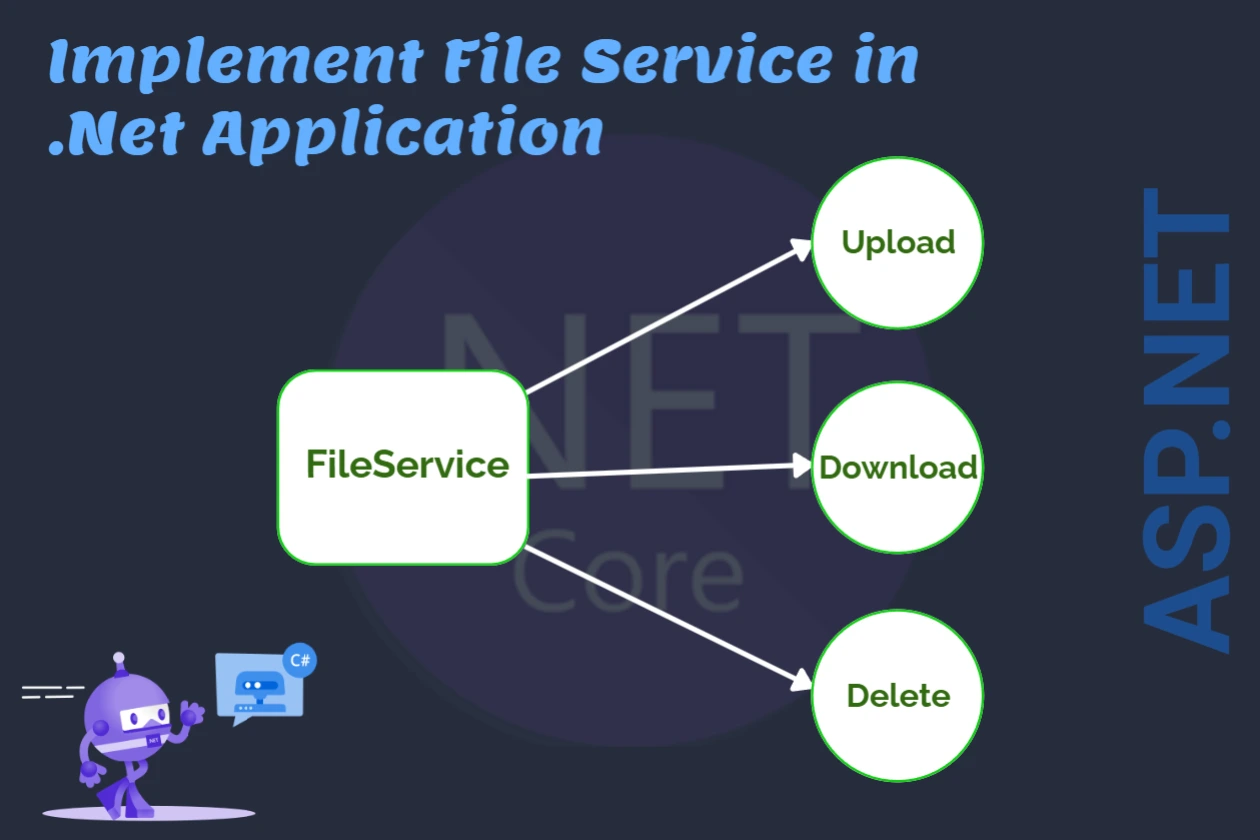
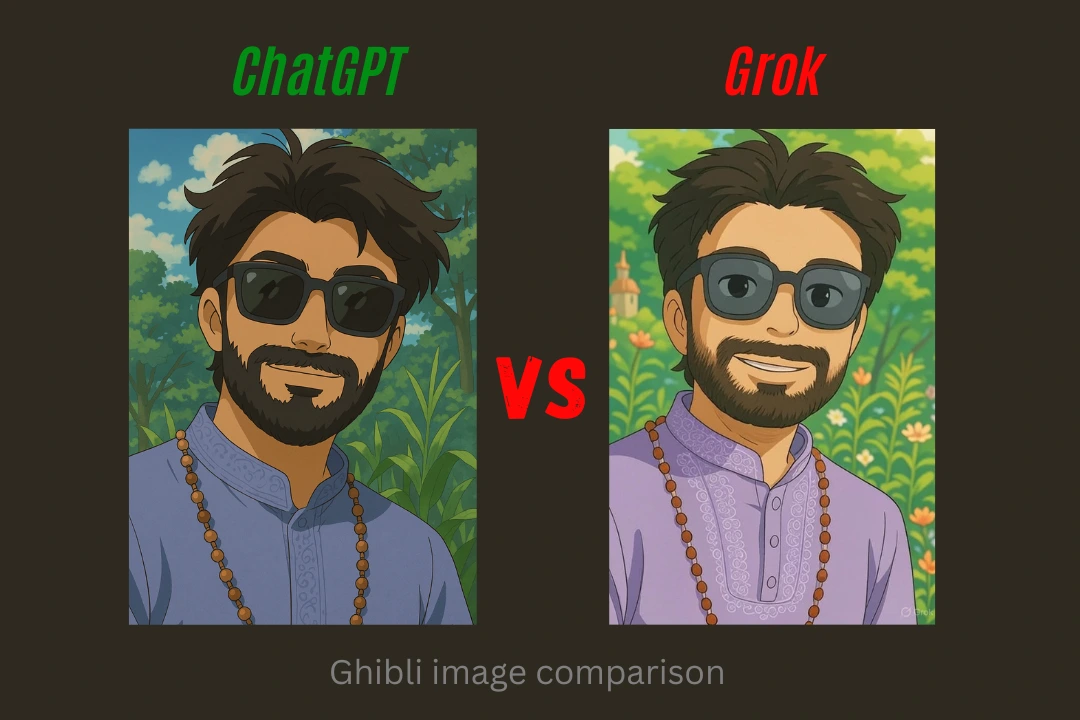
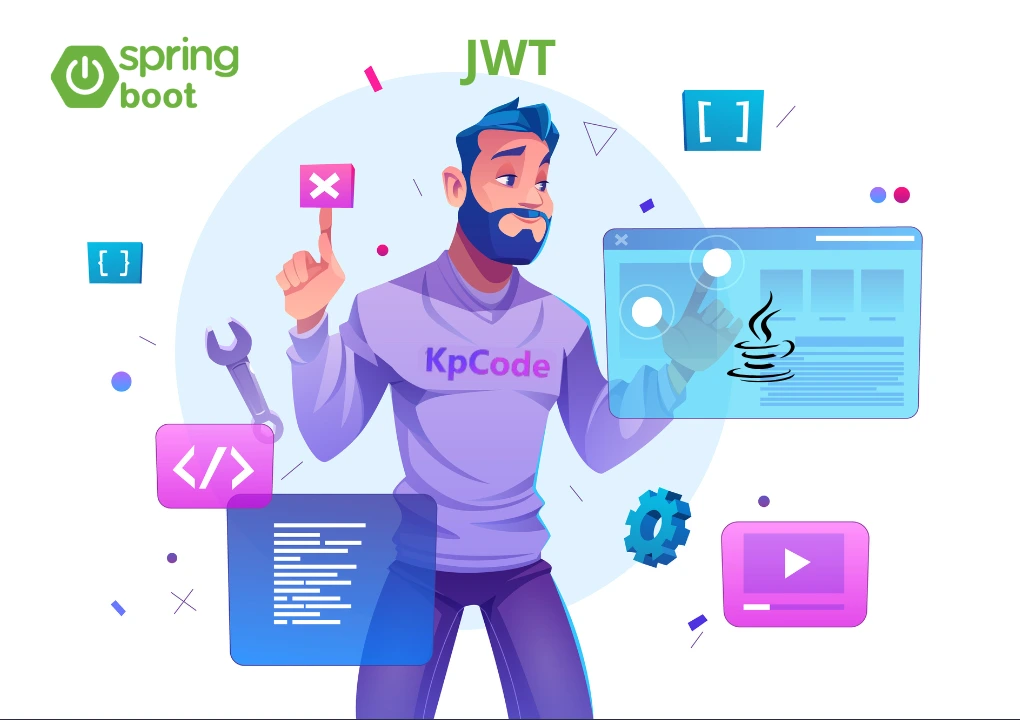

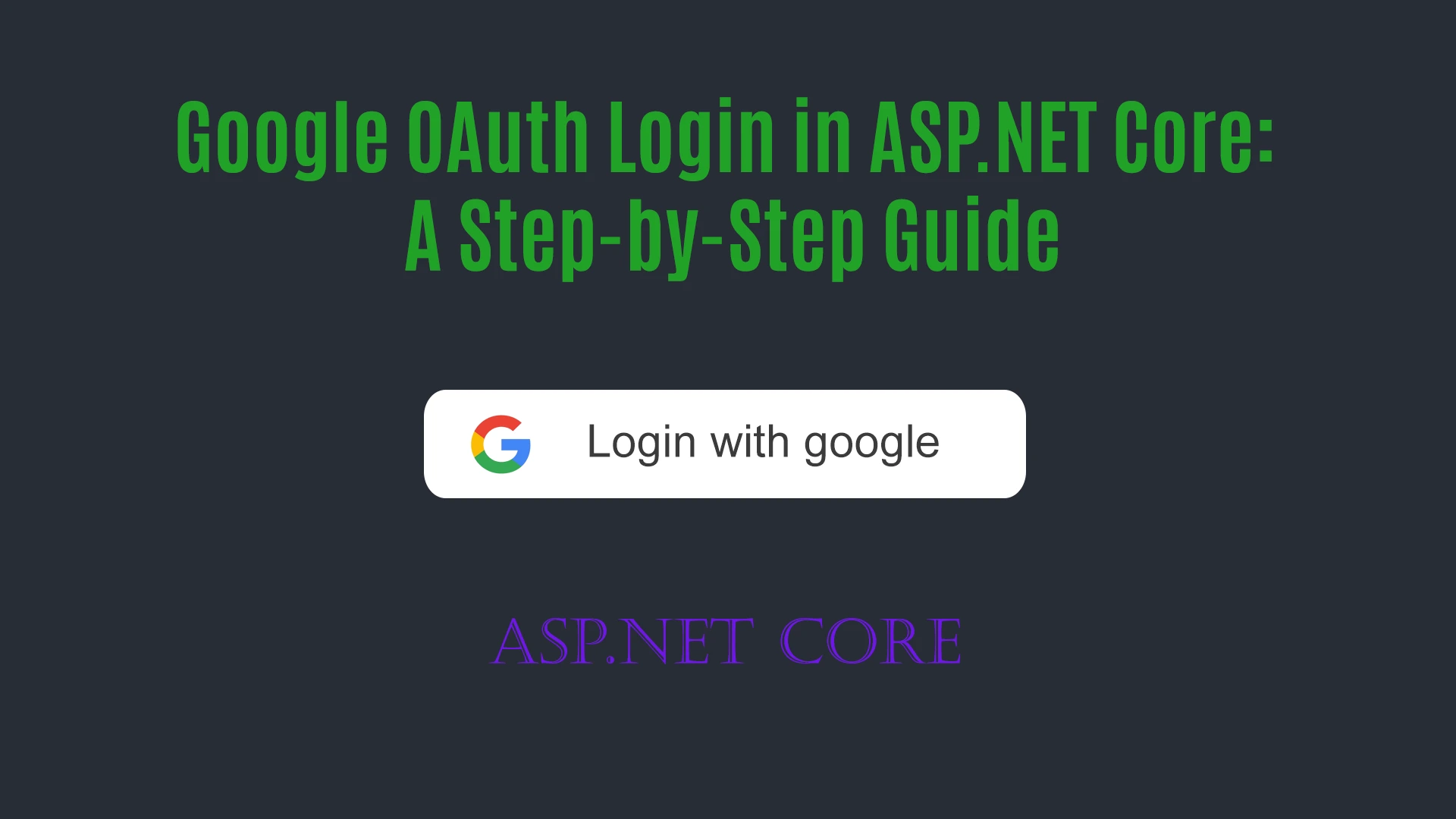

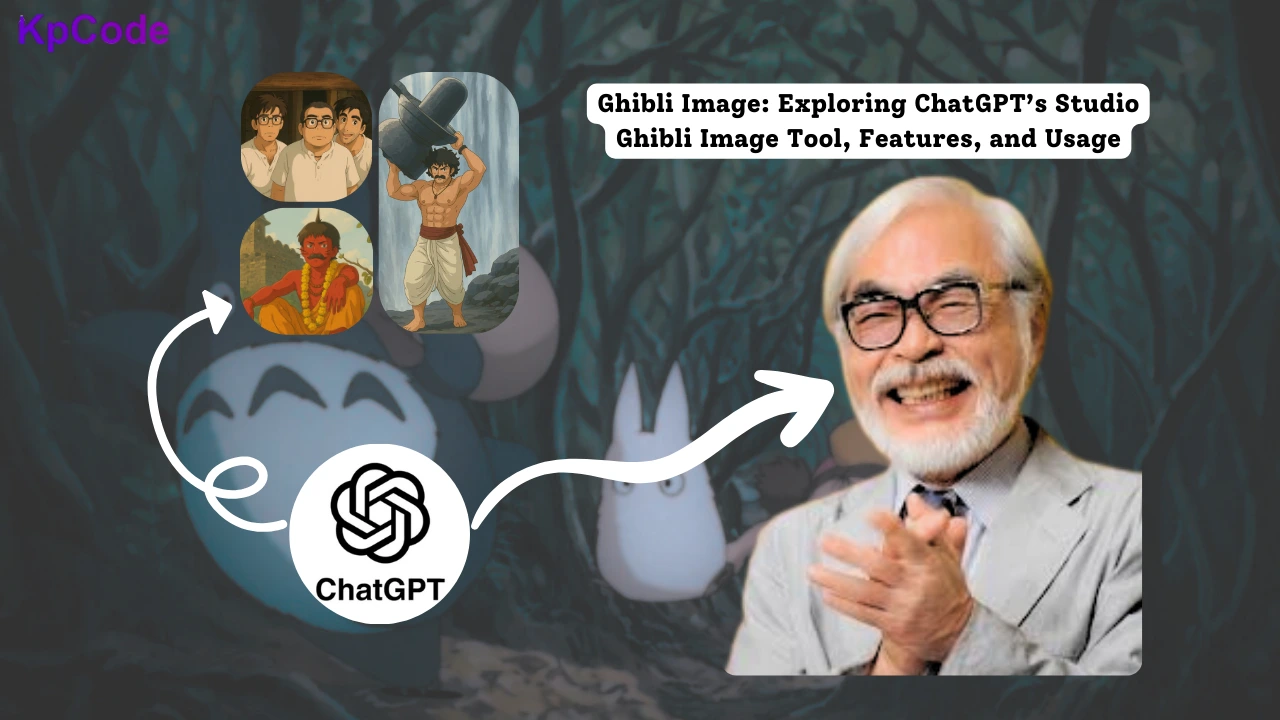
Comments (0)